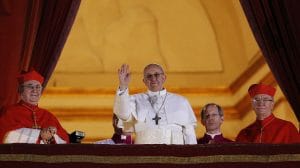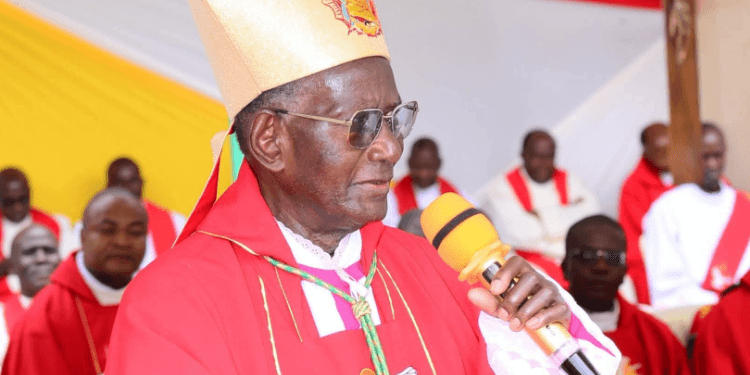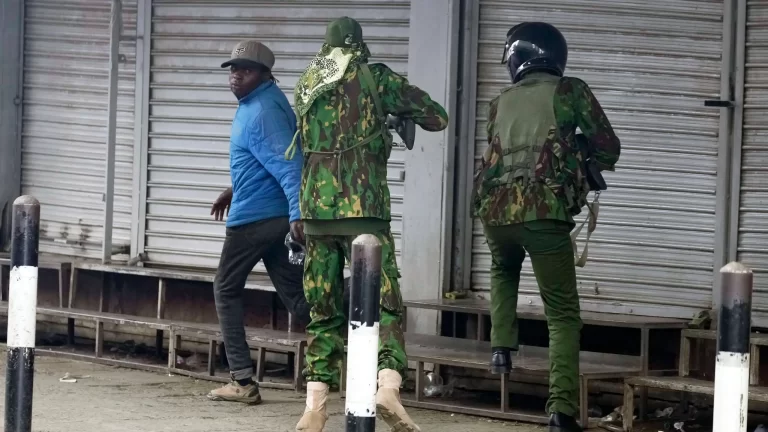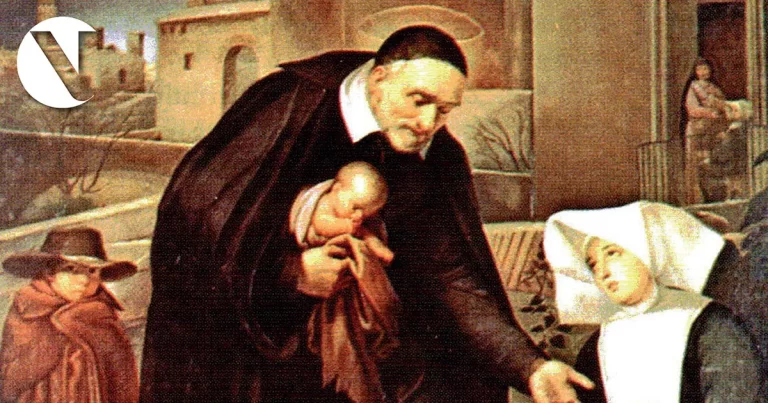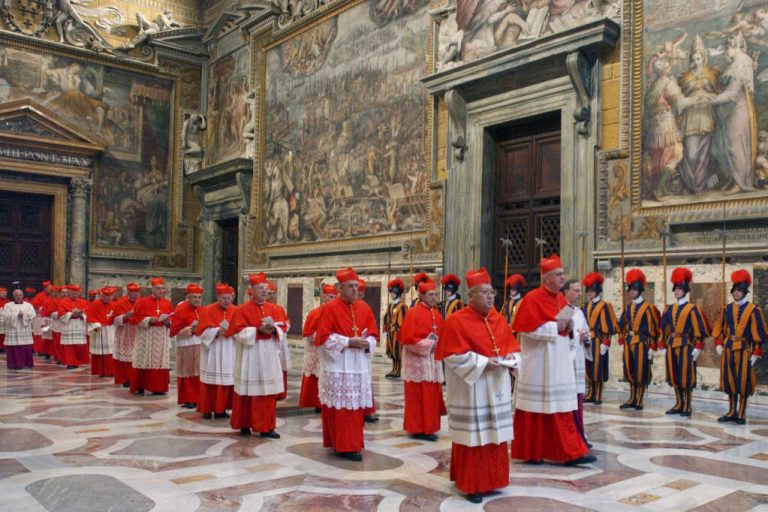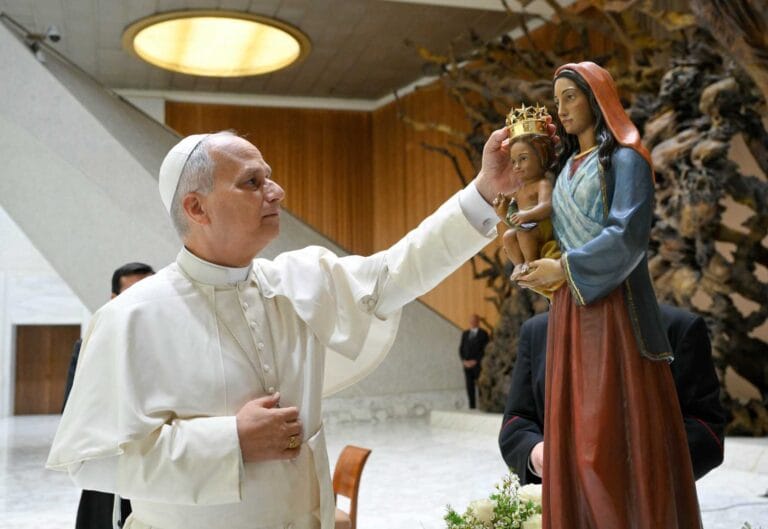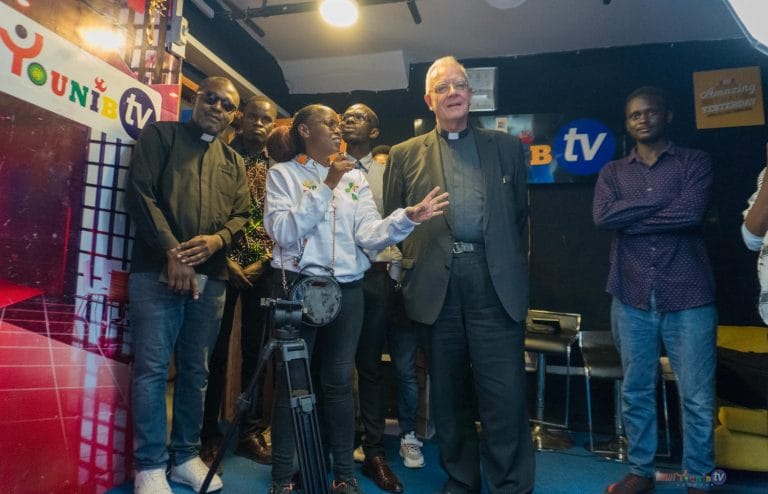The death of Pope Francis on 21 April 2025 (Easter Monday), has drawn many people’s interests into finding out the tradition behind the procedures undertaken after the Pontiff’s death, that also includes the selection of a new Pope.
Upon the death of a Pope there are several carefully orchestrated rites and rituals before the conclave to select a successor.
Confirmation of Death
The Camerlengo (Chamberlain of the Holy Roman Church) ascertains the pope’s death. Traditionally, he calls the pope’s baptismal name three times. If there’s no response, he declares the pope dead.
Camerlengo Kevin Farrel in this case, is tasked with overseeing the funeral preparations and also making arrangements for the conclave to ensure a smooth voting process.
Destruction of the Fisherman’s Ring
The Fisherman’s Ring, a signet used to seal official documents, is broken by the Camerlengo in the presence of cardinals. This prevents its misuse and symbolizes the end of the Pontiff’s Papacy.
Official Announcement
The Vatican makes an official public announcement. Bells may toll and mourning customs begin, including the flying of flags at half-staff.
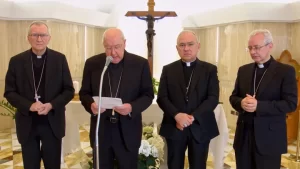
Pope Francis’ death was announced by Camerlengo Kevin Farrel on the morning of Easter Monday. Traditionally, the camerlengo becomes the custodian of the Catholic Church until a new Pope is unveiled.
Burial
The pope is traditionally buried in the crypt beneath St. Peter’s Basilica (though he may request another resting place). The body is usually placed in three coffins: wood, lead, and another wooden coffin, each placed inside the other.
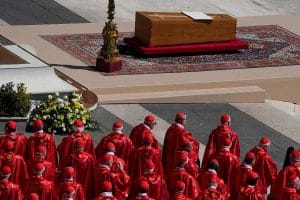
However, Pope Francis was buried at the Papal Basilica of St. Mary Major as per his request. The Basilica was one his favorite spots during his papacy.
Nine Days of Mourning
A period of official mourning lasts nine days, during which Masses are offered for the repose of the pope’s soul. Before this period, the deceased Pope lies in state between four to six days after which he is buried.
The Church will proceed to a nine-day mourning which ends with the onset of the conclave.
Sede Vacante (Vacant See)
During this time, all governance of the Church is paused, except for routine matters handled by the Camerlengo. No new appointments or major decisions can be made until a new pope is elected.
Preparation for the Conclave
The College of Cardinals gathers in Rome. After at least 15 days but no more than 20 days following the pope’s death, the conclave begins to elect a new pope. Only cardinals under 80 years old are eligible to vote.
There are now 252 members of the College of Cardinals, which is made up of all of the Roman Catholic Church’s cardinals. 135 of them are younger than 80, making them eligible to cast ballots in the next pope’s conclave.
The Conclave
Held in the Sistine Chapel under high level secrecy. Voting continues until a candidate receives two-thirds majority. After a successful vote, the elected cardinal is asked: “Do you accept your canonical election as Supreme Pontiff?” If he says yes, he chooses a papal name.
In 2013, the late Pope Francis was successfully elected Pontiff, making him the first Latin American to become the Vicar of the Lord.
The New Pope is Announced
The cardinal proto-deacon steps onto the balcony of St. Peter’s Basilica and declares: “Habemus Papam!” (We have a Pope!) The new pope then appears and gives his first Urbi et Orbi blessing.
